Name Jean-Jacques Lebel Children Hopi Lebel Movies The Beat Hotel | Parents Robert Lebel Role Artist | |
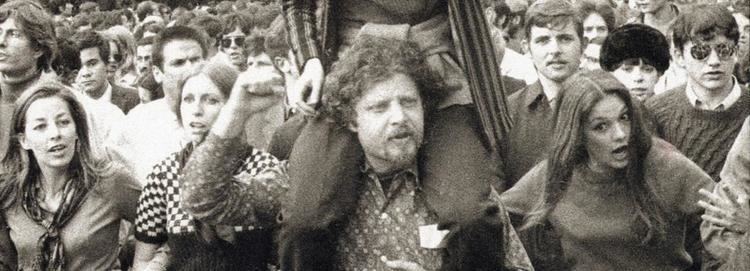 | ||
Books Christine Keeler: My Life in Pictures, Now's the time, Happenings Similar People Bernard Heidsieck, Dominique Paini, Barry Miles, Jonas Mekas | ||
Jean jacques lebel hommage a robert filliou
Jean-Jacques Lebel is a French artist, poet, poetry publisher, political activist and scholar born in Paris in 1936. He is known primarily for his work with Happenings, and as an art theory writer and art curator. He is the son of Robert Lebel, art critic and friend of Marcel Duchamp.
Contents
- Jean jacques lebel hommage a robert filliou
- Jean Jacques Lebel pour conjurer lesprit de catastrophe
- Life and work
- References
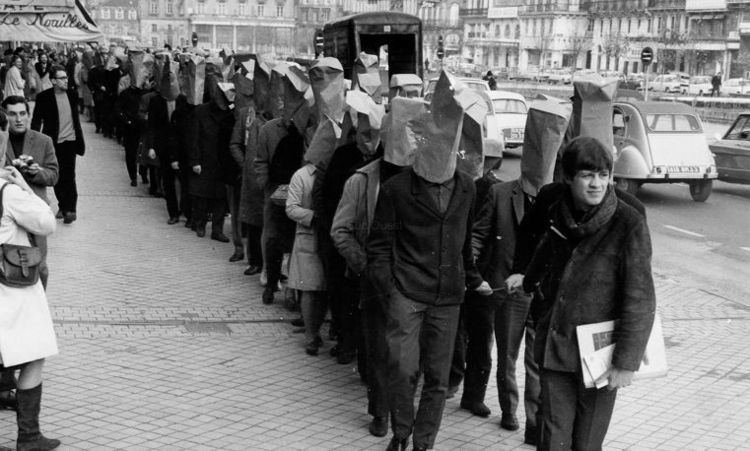
Jean Jacques Lebel - pour conjurer l'esprit de catastrophe
Life and work
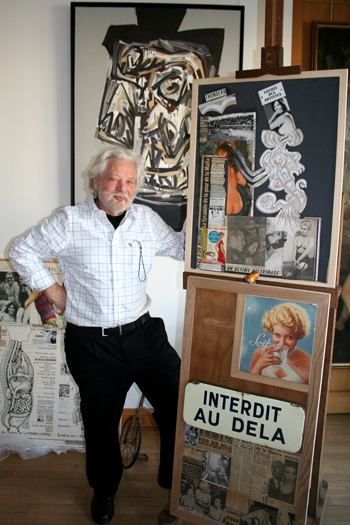
Lebel had his first exhibition in 1955 at Galleria Numero in Florence, Italy. After a brief period of time with Surrealists, Lebel exhibited in Milan and Paris, and then went on to exhibit at various museums and galeries around the world. He has regularly collaborated with artist and writer Arnaud Labelle-Rojoux.
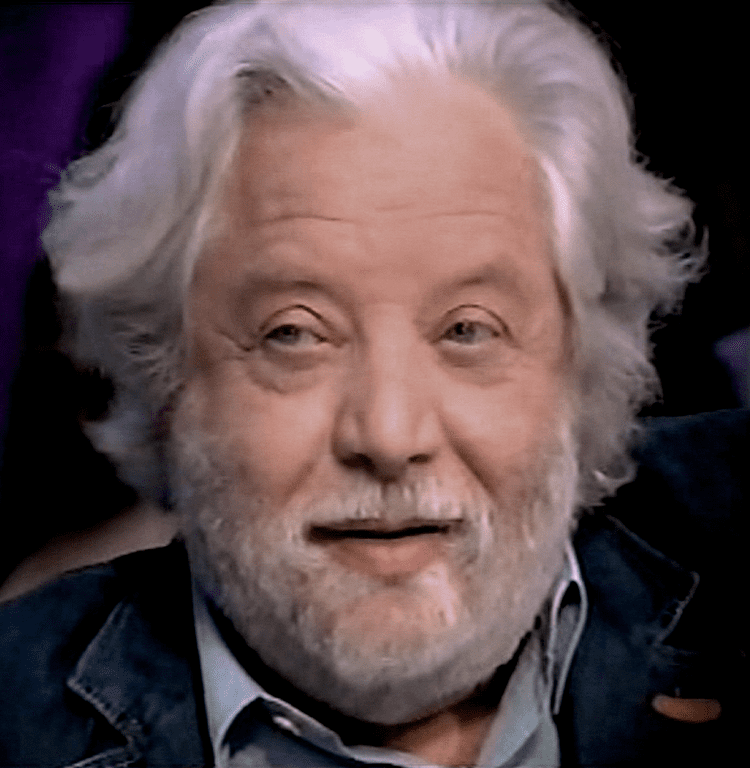
Beginning in 1955, Lebel published a poetry journal called Front Unique and organized various nomadic poetry festivals, such as La Libre Expression (Free Expression) in 1964 and Polyphonix in 1979. In the 1960s, Lebel translated into French and published various work by William S. Burroughs, Allen Ginsberg, Michael McClure, Lawrence Ferlinghetti and Gregory Corso.
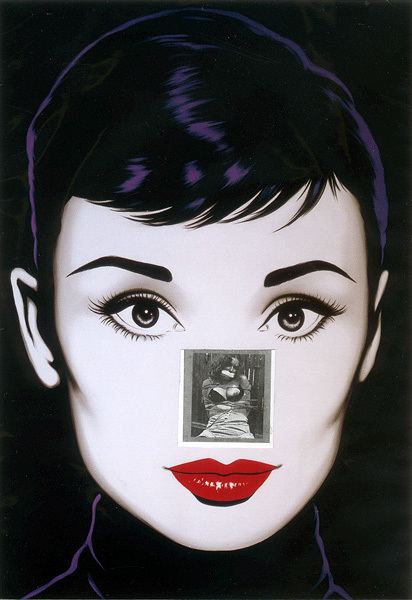
In 1960, Lebel oversaw and partook in the first European Happening L'enterrement de la Chose in Venice. For his performance there - called Happening Funeral Ceremony of the Anti-Process - Lebel invited the audience to attend a ceremony in formal dress. In a decorated room within a grand residence, a draped "cadaver" rested on a plinth which was then ritually stabbed by an "executioner" while a "service" was read consisting of extracts from the French décadent writer Joris-Karl Huysmans and le Marquis de Sade. Then pall-bearers carried the coffin out into a gondola and the "body" - which was in fact a mechanical sculpture by Jean Tinguely - was ceremonially slid into the canal.

During the 1960s, Lebel closely followed the work of the avant-garde American theatre group The Living Theatre. He extensively interviewed the group's members and accompanied them during rehearsal, which would lead to the 1969 book Entretiens avec le Living Theatre.
Lebel published the first critical essay in French on the Happening movements throughout the world, citing the 1920 Dada-Messe (First International Dada Fair) as the key precedent of the modern happening in Europe. After this, he produced over 70 Happenings, performances and actions on numerous continents, including Pour conjurer l'esprit de catastrophe (1962), Déchirex (1965) and 120 minutes dédiées au divin marquis (1966). In 1967 he staged in Gassin at the Festival de la Libre Expression Pablo Picasso's 1941 surrealist theatrical farce in six acts Le Désir attrapé par la queue (Desire Caught by the Tail).

In 1968, Lebel took part in the activities of Mouvement du 22-mars, followed by Noir et Rouge, an anarchist group, and the Socialist splinter group Informations et Correspondences Ouvrières. Lebel also followed the philosophical teachings of Gilles Deleuze at Faculty de Vincennes at Paris 8 University. 1980 Lebel organized a Performance Festival at the ARC - Musée d'Art Moderne de la Ville de Paris, amongst others with Harry de Kroon, Julien Blaine, Joel Hubaut and Barbara Heinisch.
With François Pain he produced the 90 minute long Monument à Félix Guattari, le film and in 1994 he installed a large assemblage entitled Monument à Félix Guattari in the Forum of the Centre Pompidou.
Since 2001 he has frequently exhibited his Manifestation Itinérante and his digital art morphing animation Reliquaire pour un culte de Vénus that is based on the concept of vénusté as put forward by Pierre Klossowski.
In 2001, he was the guest curator at the Montreal Museum of Fine Arts of the erotic work of Pablo Picasso called Picasso Erotique and appeared on the Charlie Rose show. The exhibition traveled to the Museu Picasso in Barcelona and Galerie nationale du jeu de paume in Paris. A book entitled Picasso Erotique was produced by Prestel Publishing in 2001 as a result of the show. This book contains texts by Lebel, Pablo Picasso, Annie Le Brun, Pascal Quignard, Patrick Roegiers and Malen Gual.
In 2009, La Maison Rouge in Paris presented all facets of Lebel's work (artist, exhibition curator, writer, performer, and art festival organizer) in an exhibition entitled Jean-Jacques Lebel, Soulvements. The exhibition was divided into the following themes: Happenings, Insubordination, Poetry, Hallucination, Eros, Dada, War and the Rhizome - and was illustrated with works of primitive art, works by anonymous artists and others such as Johann Heinrich Füssli, Giuseppe Arcimboldo, Louise Michel, Charles Fourier, Ravachol, Guillaume Apollinaire, Marcel Duchamp, Pablo Picasso, Otto Dix, George Grosz, André Breton, Francis Picabia, Antonin Artaud, Victor Brauner, Bernard Heidsieck, Erró, Antonio Saura, and Peter Saul. Some three hundred works in all. The show curator was Jean de Loisy.
In 2013, Laure Adler produced an extensive radio interview with Lebel called L'iconoclaste Jean-Jacques Lebel (in 5 parts) that was broadcast on France Culture.
